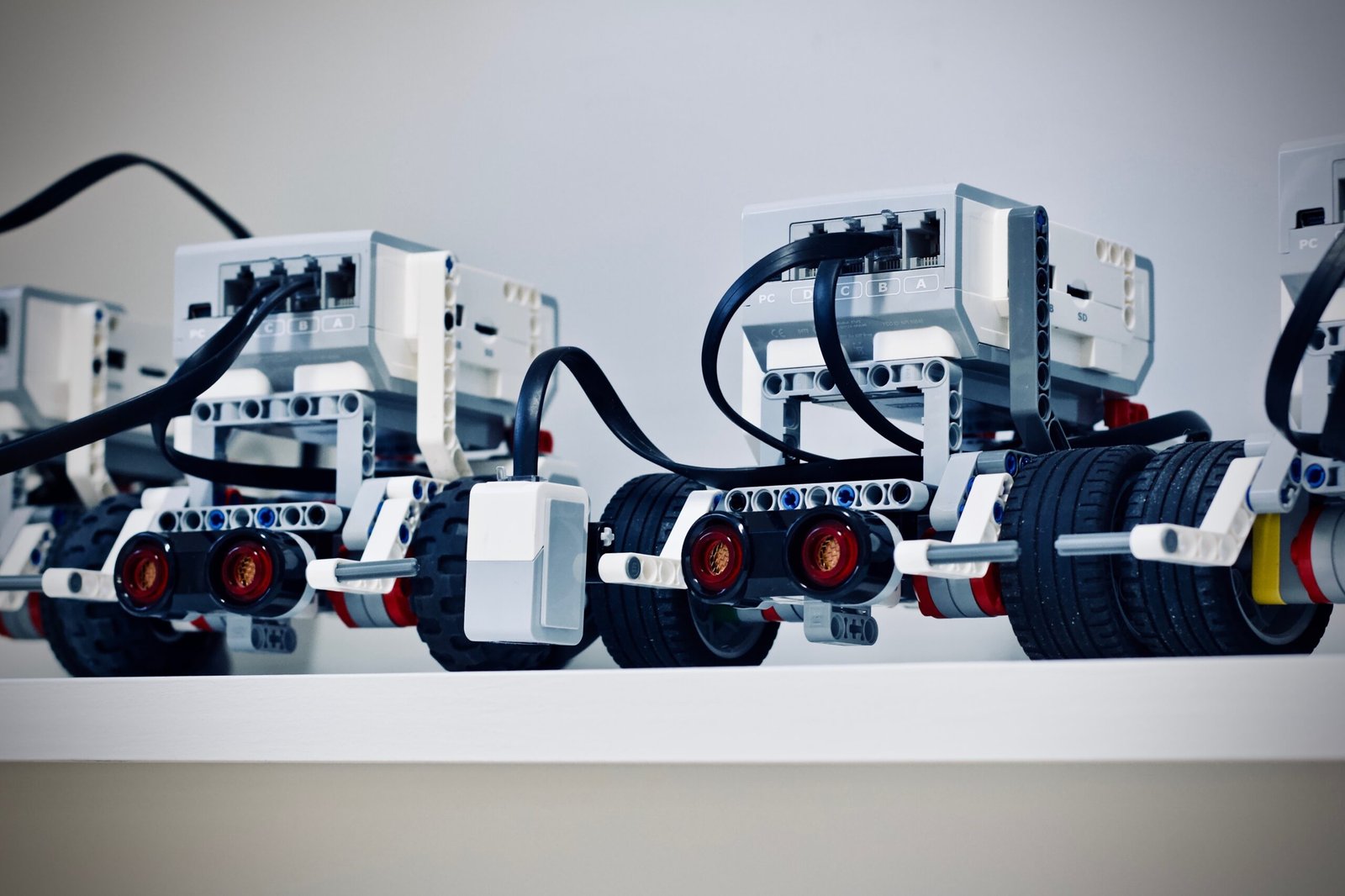In recent years, the field of robotics has experienced a revolution, with advancements in technology paving the way for the development of autonomous machines. These machines, equipped with artificial intelligence and the ability to learn, are changing the way we live and work. In this blog post, we will explore the latest trends in robotics and how they are shaping the future.
1. Collaborative Robots
One of the most significant trends in robotics is the rise of collaborative robots, also known as cobots. Unlike traditional industrial robots that are designed to work in isolation, cobots are designed to work alongside humans. They are equipped with sensors and advanced algorithms that allow them to detect and respond to human presence, making them safe and efficient to work with.
Cobots are being used in a wide range of industries, from manufacturing to healthcare. They can assist with repetitive tasks, such as assembly or packaging, freeing up human workers to focus on more complex and creative tasks. With their ability to work collaboratively, cobots are revolutionizing the way we think about automation.
2. Autonomous Vehicles
Autonomous vehicles, including self-driving cars and drones, are another exciting trend in robotics. These vehicles use a combination of sensors, cameras, and artificial intelligence to navigate and make decisions on their own. The potential benefits of autonomous vehicles are vast, from reducing traffic accidents to improving transportation efficiency.
Self-driving cars are already being tested on public roads in some cities, and companies like Tesla and Google are leading the way in this field. Drones, on the other hand, are being used for various purposes, such as package delivery, surveillance, and even entertainment. With further advancements in technology, we can expect to see more autonomous vehicles in the near future.
3. Service Robots
Service robots are designed to assist humans in various tasks, both in domestic and commercial settings. From robot vacuum cleaners to robotic waiters, these machines are becoming increasingly common in our daily lives. They can perform tasks that are tedious, dangerous, or simply time-consuming.
In healthcare, service robots are being used to assist with patient care, medication delivery, and even surgery. In the hospitality industry, robots are being used to greet guests, deliver room service, and provide concierge services. The versatility of service robots makes them a valuable asset in many industries.
4. Soft Robotics
Soft robotics is an emerging field that focuses on the development of robots with soft and flexible materials, such as rubber or silicone. These robots are inspired by biological organisms and can mimic the movements and functions of living creatures. Soft robots are ideal for tasks that require delicate handling or interaction with humans.
Soft robotics has applications in various industries, including healthcare, manufacturing, and exploration. For example, soft robots can be used in surgical procedures to minimize tissue damage or in search and rescue missions to navigate through complex environments. The flexibility and adaptability of soft robots make them a promising area of research.
5. Humanoid Robots
Humanoid robots are designed to resemble humans in appearance and behavior. They are equipped with advanced sensors and artificial intelligence, allowing them to interact with humans in a more natural and intuitive way. Humanoid robots have the potential to revolutionize industries such as customer service, education, and entertainment.
Companies like Boston Dynamics have developed humanoid robots that can walk, run, and even perform acrobatic maneuvers. These robots can be used in a variety of applications, from assisting with household chores to providing companionship for the elderly. As technology continues to advance, we can expect to see more humanoid robots in our daily lives.
In conclusion, the field of robotics is experiencing a revolution, with autonomous machines becoming increasingly prevalent. Collaborative robots, autonomous vehicles, service robots, soft robotics, and humanoid robots are just a few of the latest trends in this rapidly evolving field. As these technologies continue to advance, they have the potential to transform industries and improve our quality of life.



































